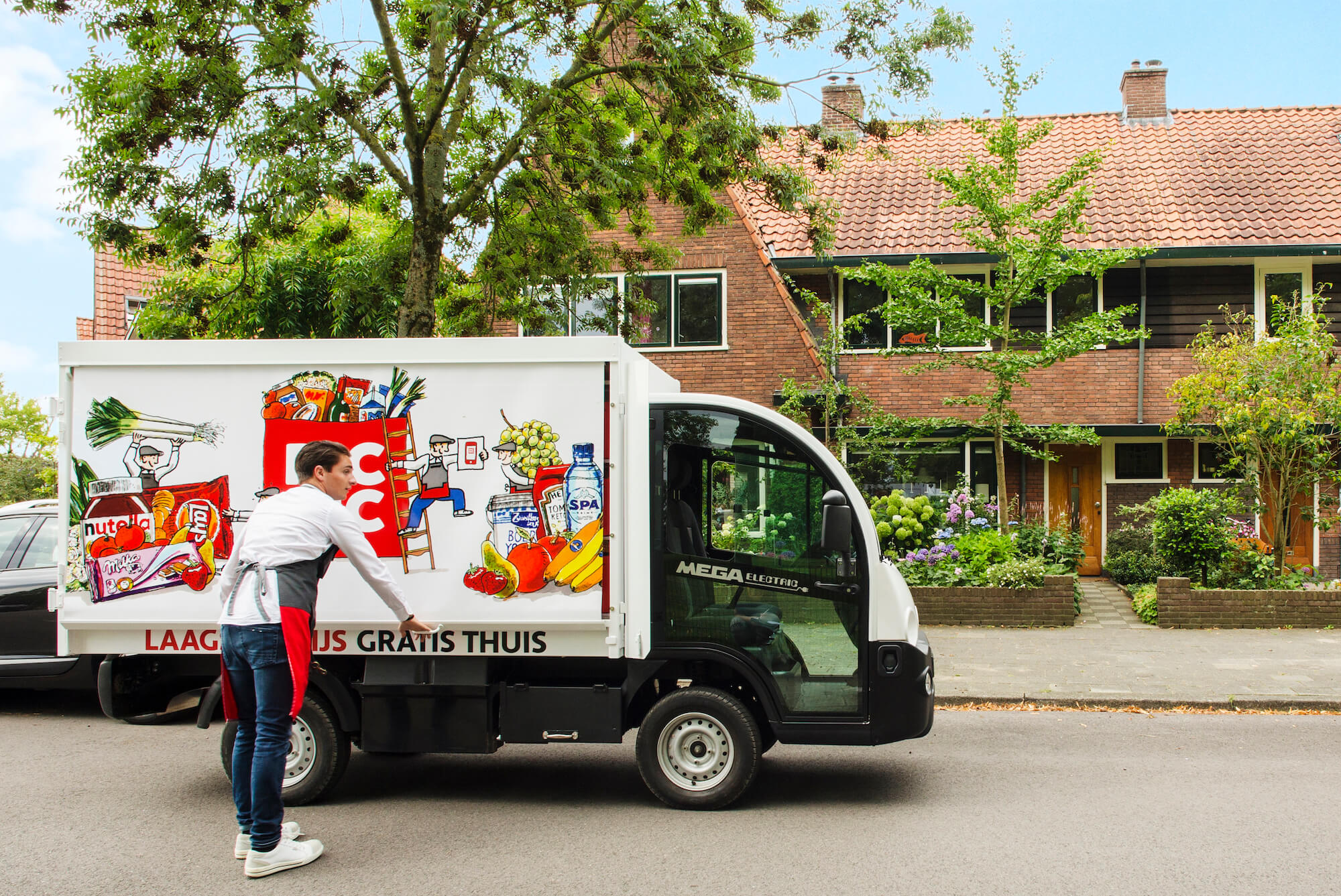TeamCity
Powerful CI/CD for DevOps-centric teams
How Picnic Builds Faster with JetBrains TeamCity
Picnic is a grocery delivery app founded in the Netherlands in 2015. The talented minds behind this cutting-edge technology have been able to turn Picnic into one of the fastest growing European tech companies. Picnic now delivers in over 200 cities in three countries – Germany, France, and the Netherlands.
Picnic doesn’t have physical stores and relies on an app-only approach to make grocery shopping fast and simple for millions of users. In addition to the user-facing mobile application, Picnic builds the majority of their other business-critical systems, including an in-house solution for warehouse management. In 2021, Picnic chose TeamCity Cloud as its new CI/CD solution and was able to cut down build times significantly.

The Challenge
Currently, Picnic employs 300 engineers. At one point, the Picnic team realized that they had outgrown their previous CI solution and were struggling with slow builds and long build queues. At peak times, it would take builds up to an hour to start running.
Instead of simply bumping up the number and size of the build agents, the Picnic team decided to rethink their CI/CD process completely. They started looking for a new CI/CD solution that could accommodate all their needs and help them build better and faster, delivering the best possible service to their customers.
Picnic ended up migrating to TeamCity Cloud as their primary CI/CD tool.
The Solution
The company was looking for a CI/CD tool that would minimize queue times and build times, thus significantly improving overall CI performance.
Another requirement was self-hosted agents. This would allow Picnic to have the latest tooling and appropriate performance to run their builds.
A cloud CI solution was another prerequisite for Picnic, as they try to manage as few systems as possible. Paired with self-hosted agents located in the cloud, the Picnic team would have the flexibility to control their whole build environment without having to manage the CI server themselves.
In this blog post, Ivan Babiankou, Picnic’s Staff Software Engineer, describes the challenges that the team was trying to solve and the process that they went through when choosing their new CI/CD tool. Having carefully considered three main candidates to replace their existing CI/CD solution, the Picnic team decided to go with TeamCity Cloud to run their pipelines.
Read this case study to learn more about how TeamCity Cloud paired with self-hosted agents turned out to be the perfect solution for Picnic’s needs.
Subscribe to TeamCity Blog updates





